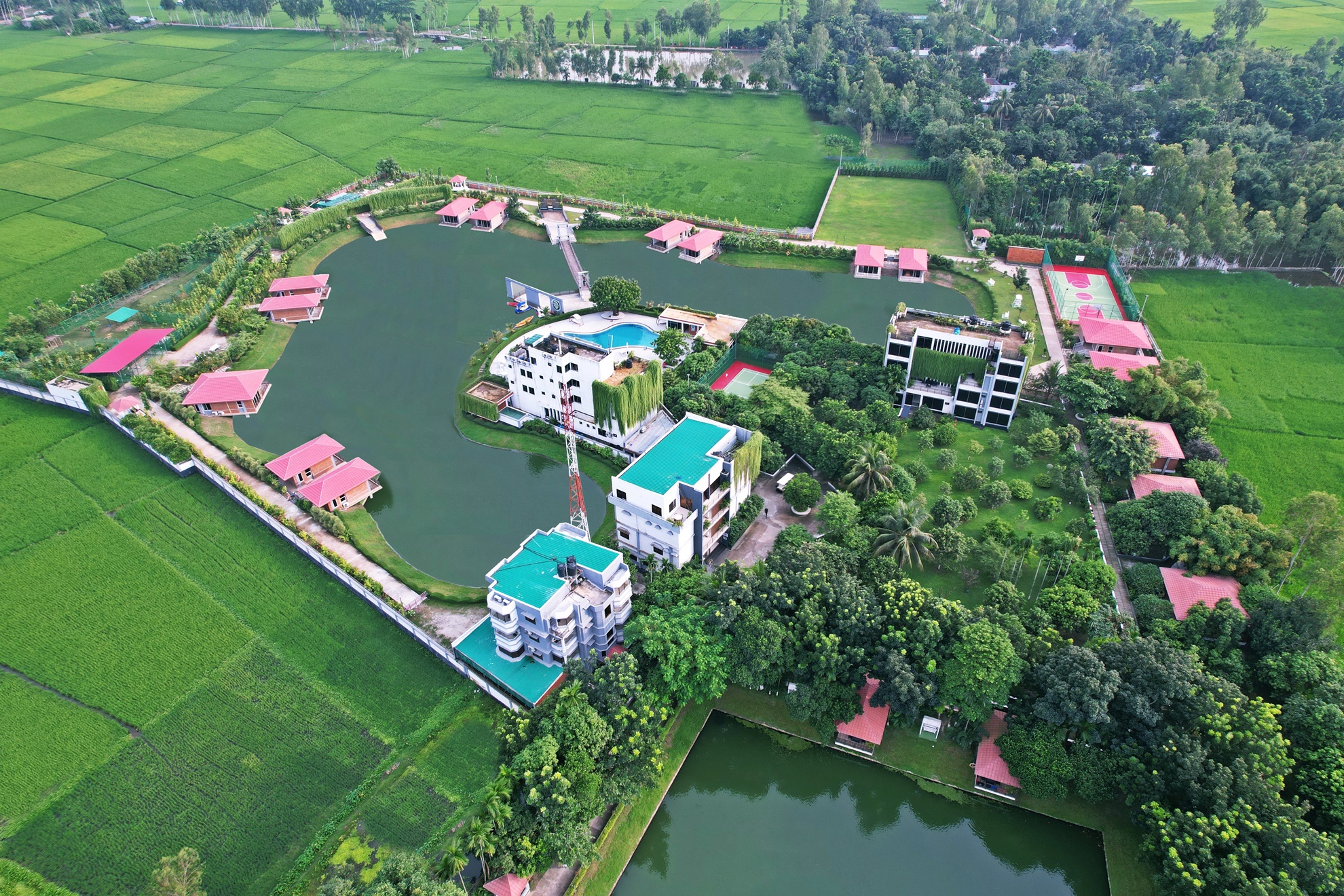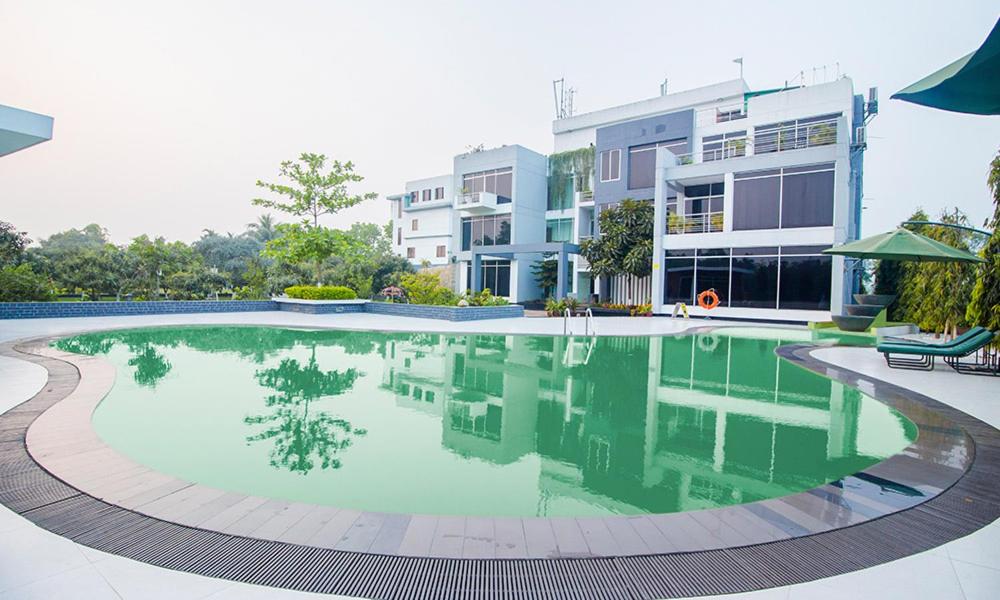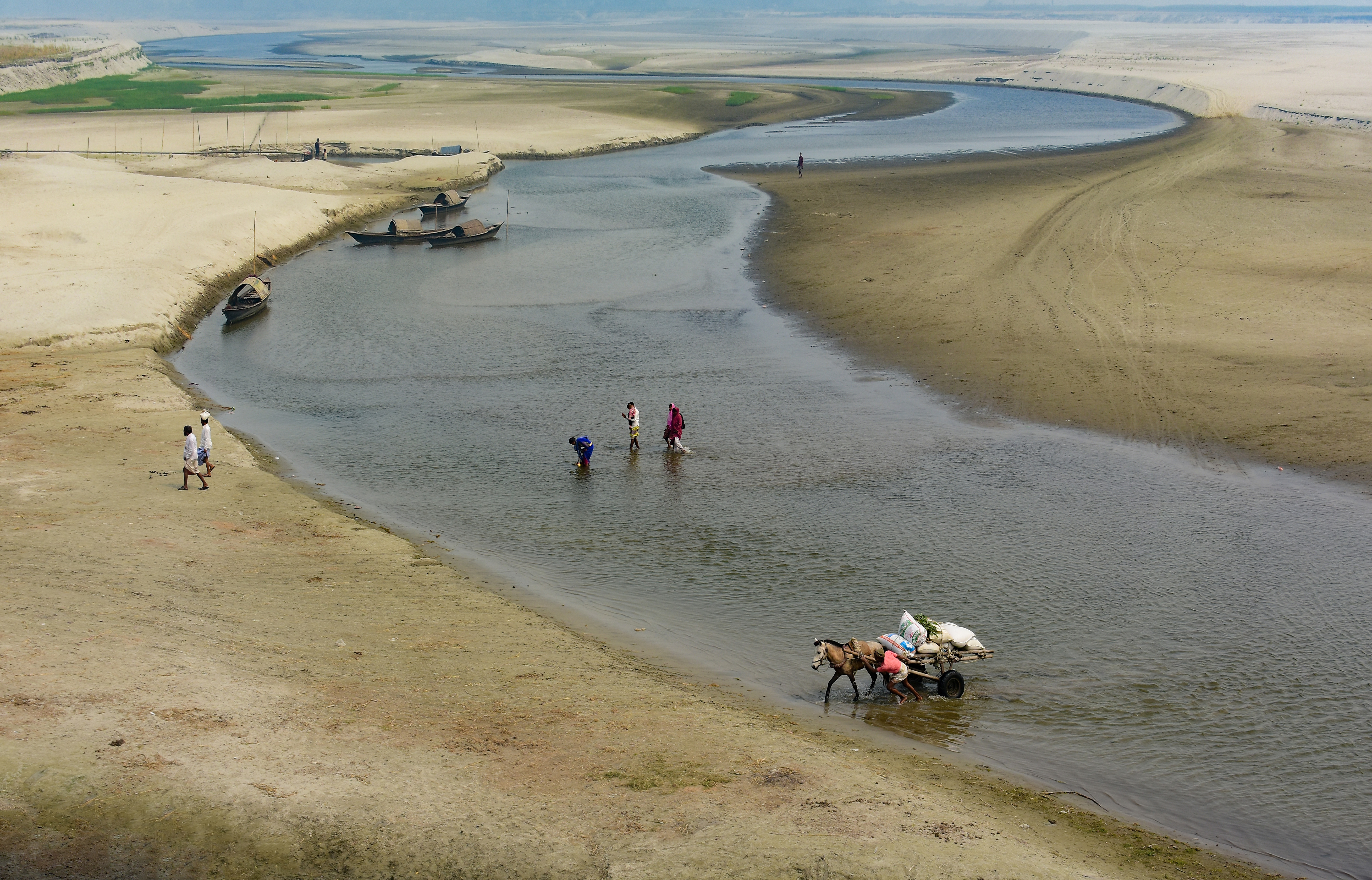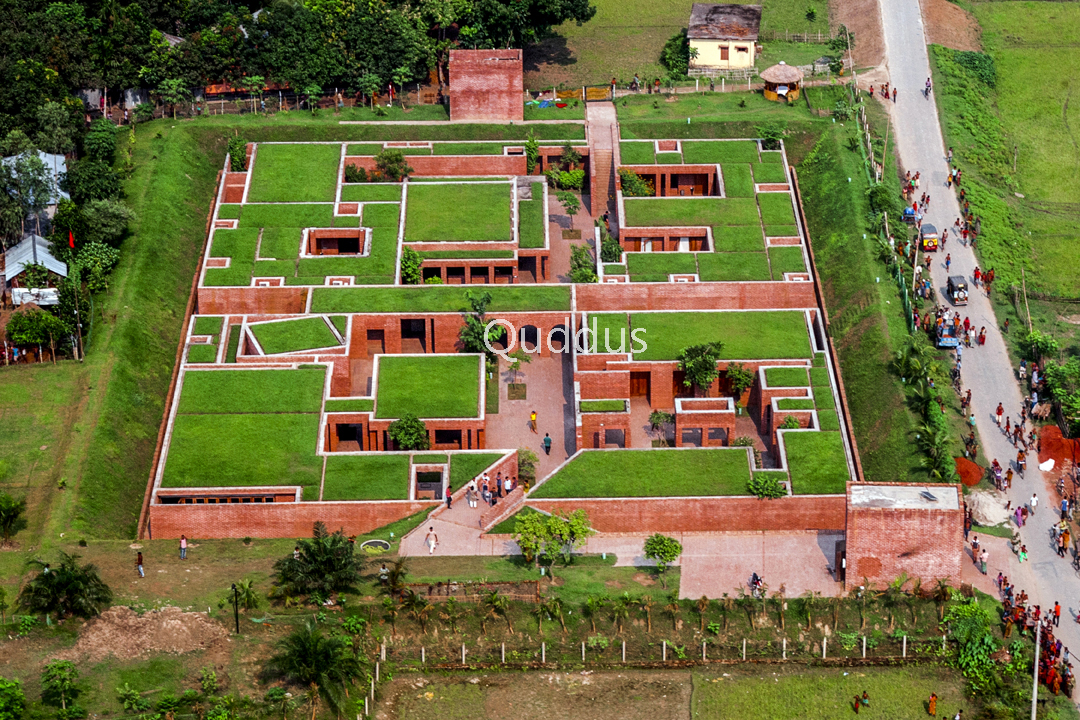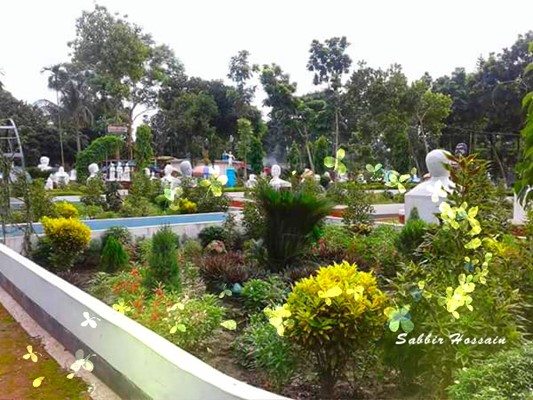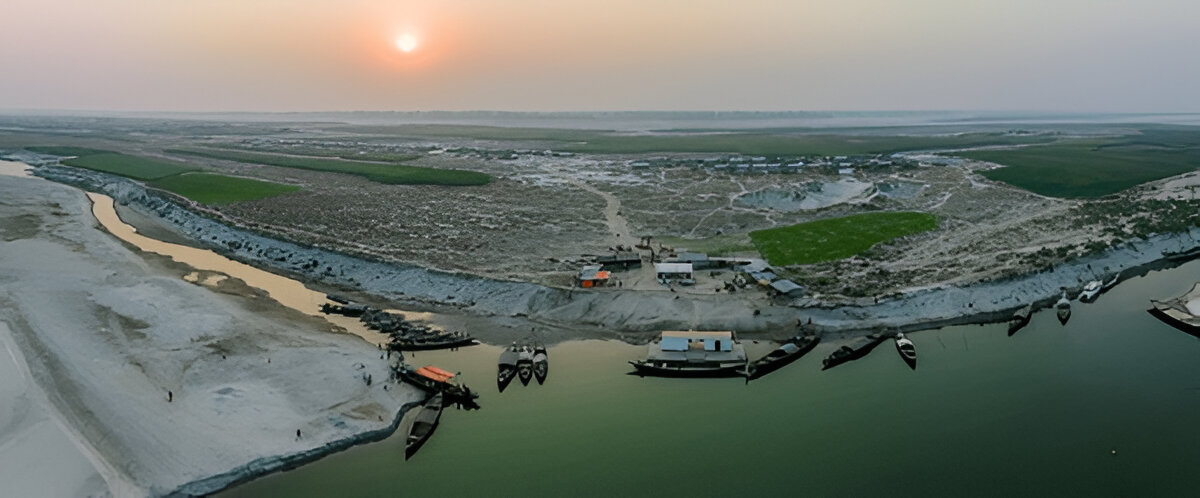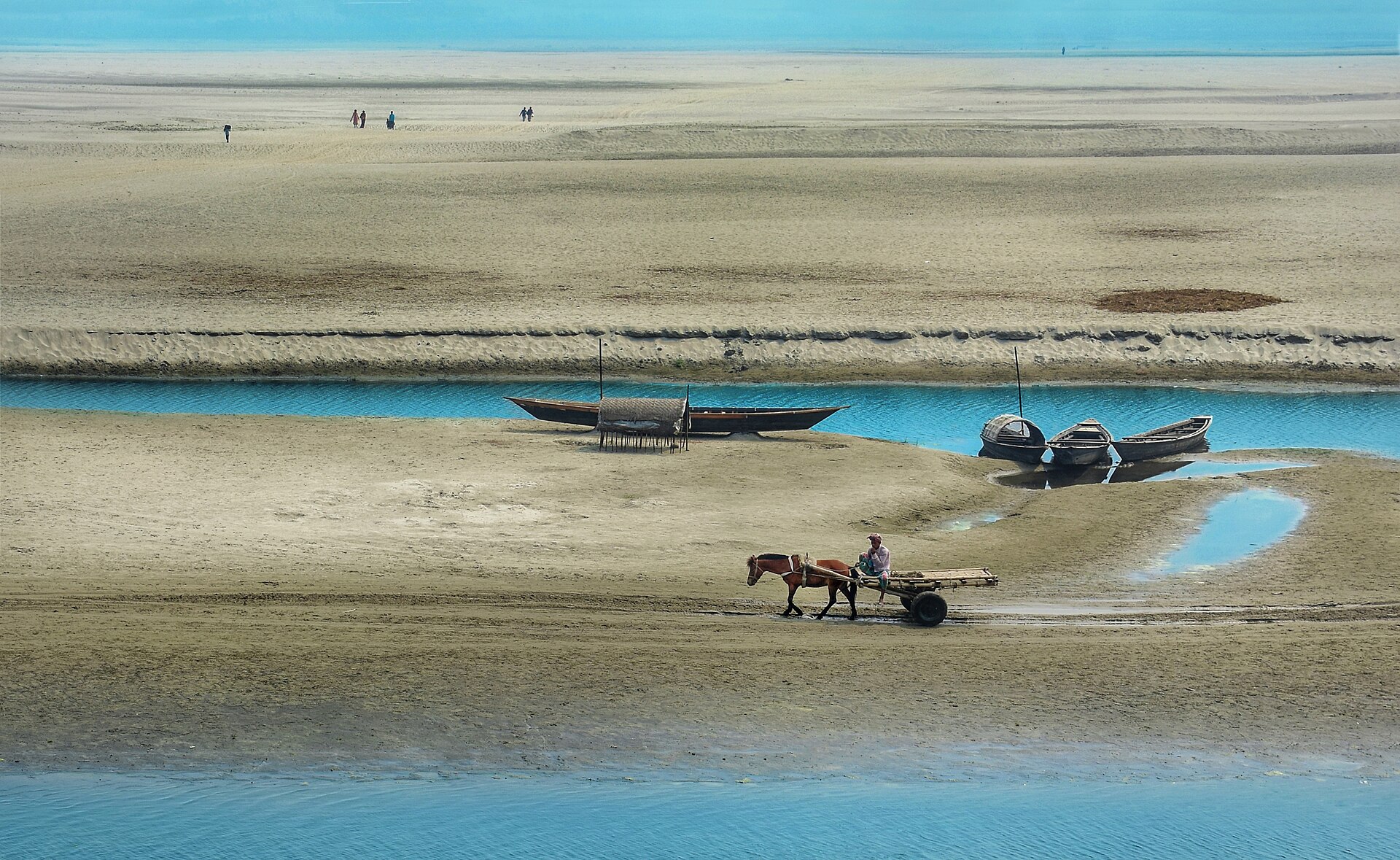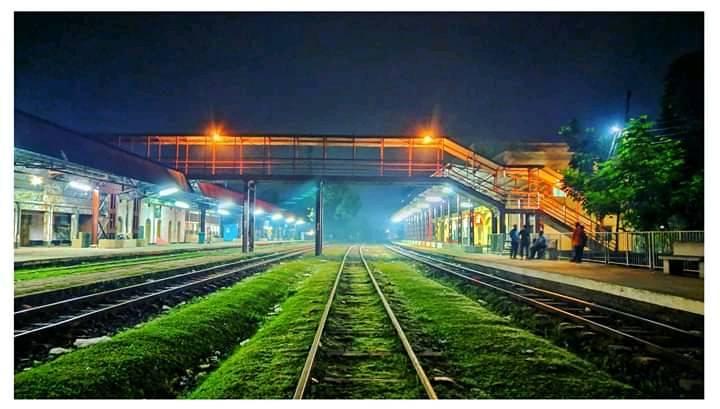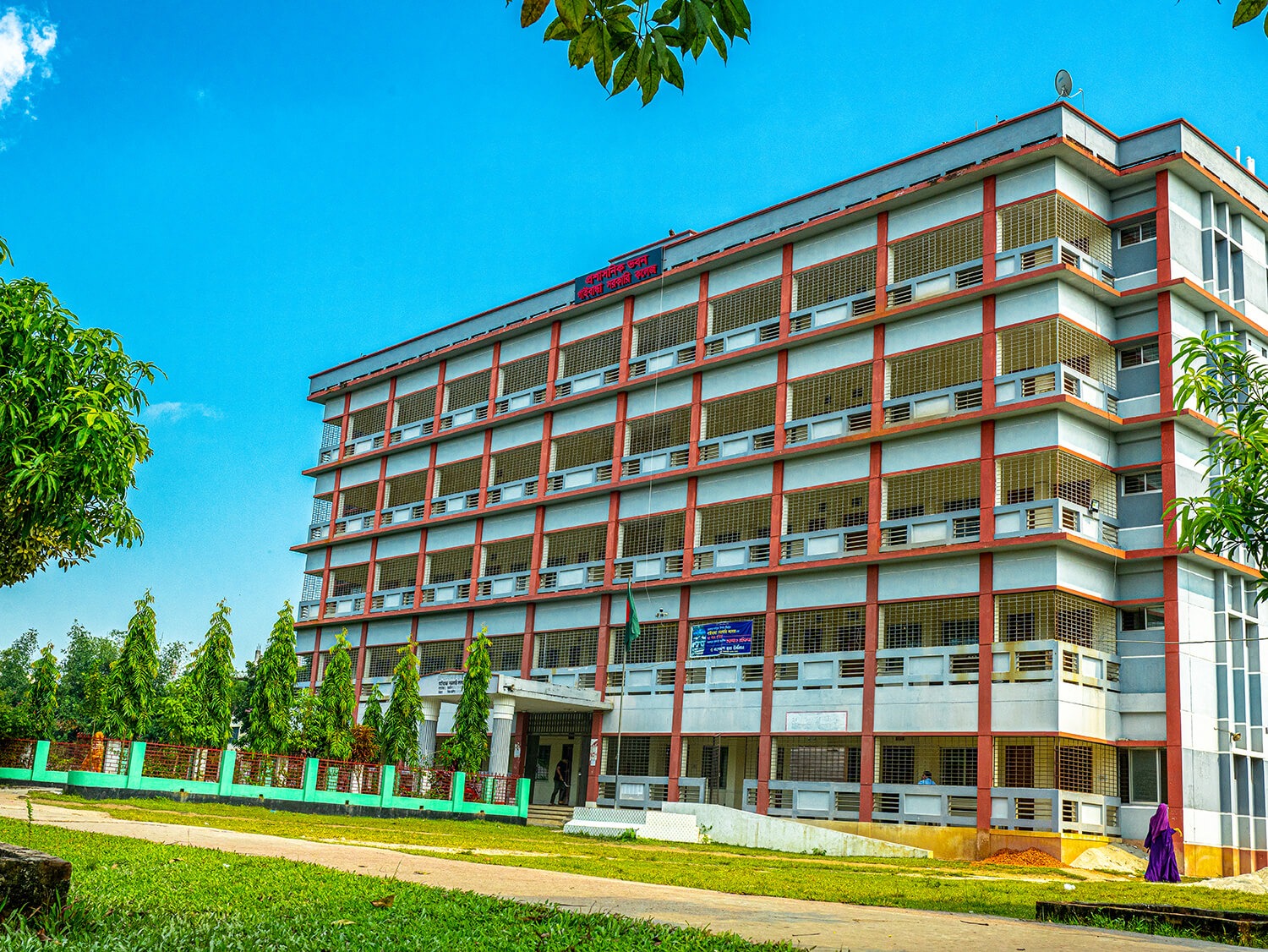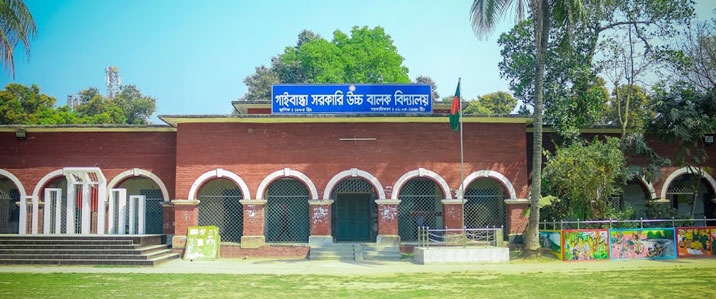A Northern Jewel of Bangladesh
Gaibandha, a northern district of Bangladesh established in 1984, lies within the Rangpur Division. Spanning 2,179 square kilometers along the Ghaghot River. According to the 2022 census, Gaibandha district had a population of 2,562,232, with 1,238,621 males, 1,317,944 females, and 195 third genders.
The river shapes its geography and economy, fostering a rich cultural legacy that continues to influence the region today.
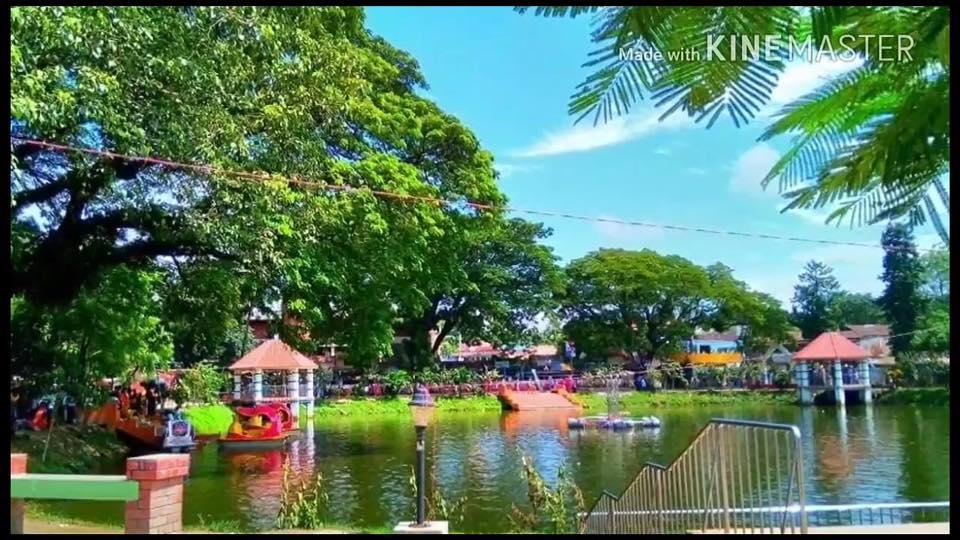
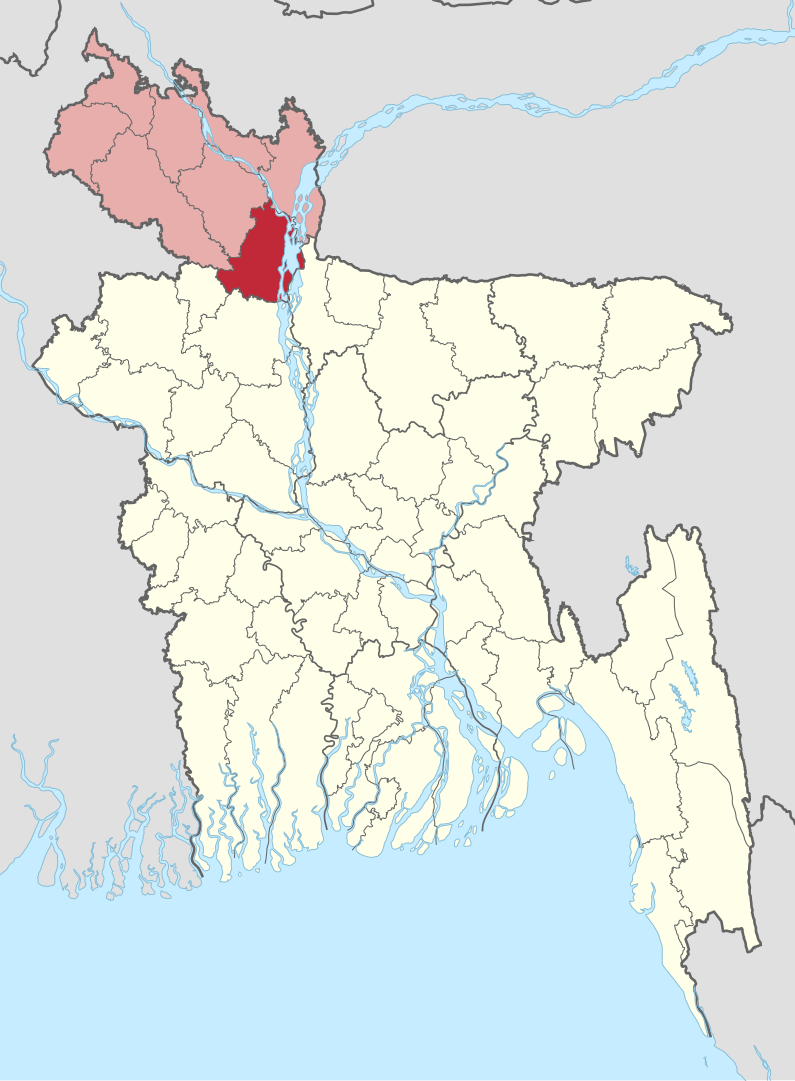
Riverine Landscapes
Located along the majestic Ghaghot River, Gaibandha's fertile plains and unique riverine landscapes drive its agricultural economy and shape the daily lives of its inhabitants.
These natural features have historically supported the district's growth and cultural development, creating a unique regional identity characterized by its close relationship with water.
Historical & Cultural Landmarks
Gaibandha is home to numerous historical sites that tell the story of Bangladesh's rich cultural past
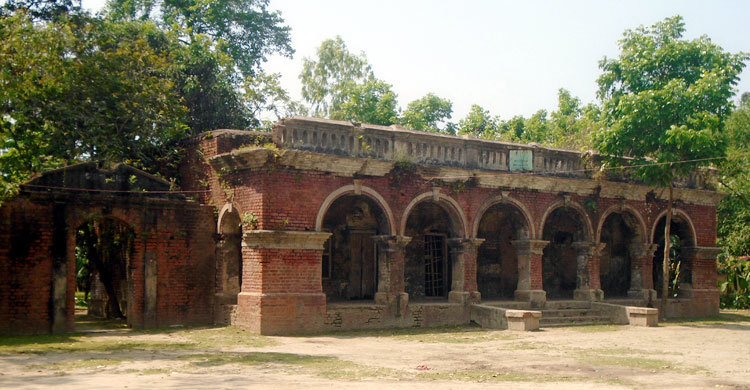
Bamondanga Zamindar Bari
Bamondanga Zamindar Bari
Historical zamindar estate showcasing traditional Bengali architecture. The estate reflects the opulence of the zamindar era with its intricate designs and sprawling grounds.
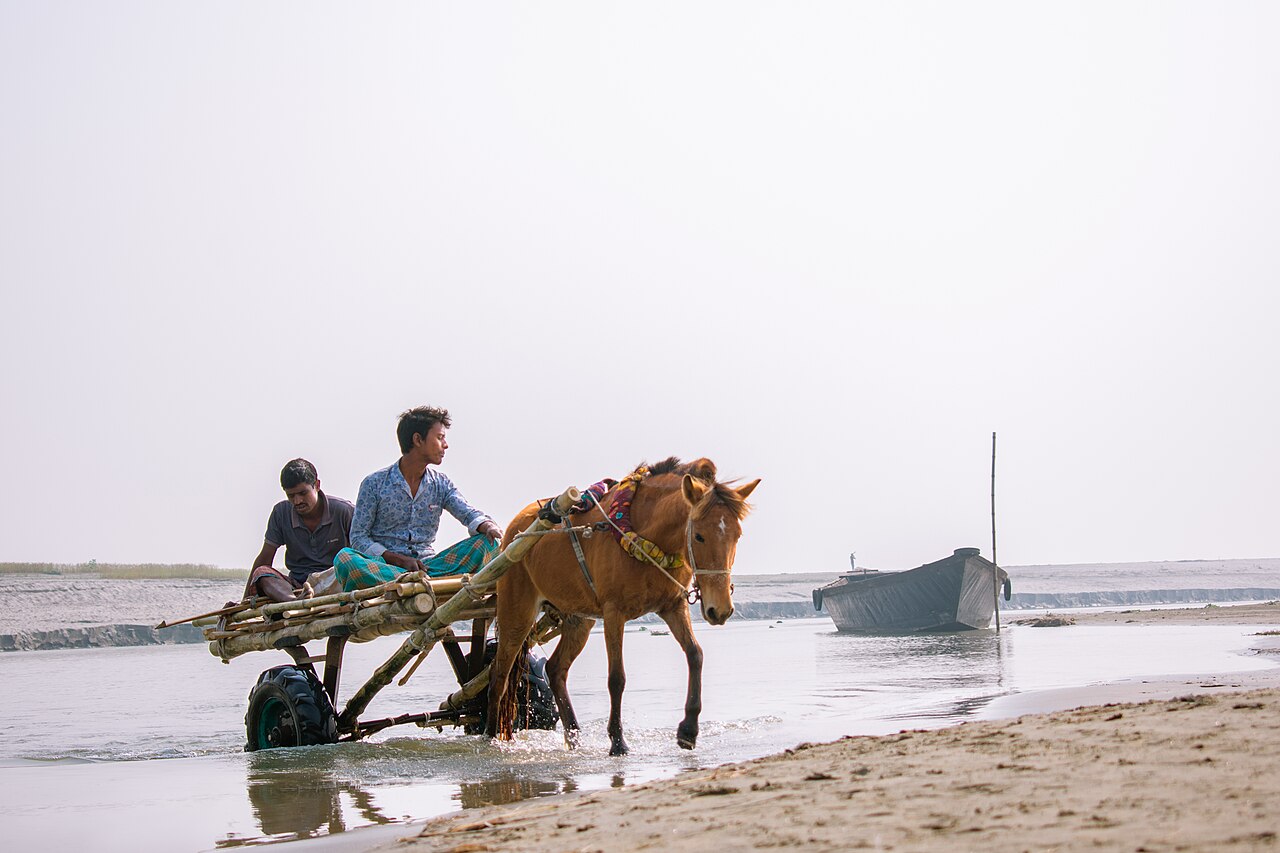
Balashighat
Balashighat
Important river port and trading center with historical significance. It was a bustling hub during the British colonial period. The port continues to be a vital economic center for the region.
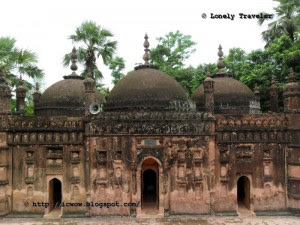
Shah Sultan Gazi Mosque
Shah Sultan Gazi Mosque
Ancient mosque with unique architectural features dating back centuries. It is a testament to the rich Islamic heritage of the region. The mosque is named after the revered Sufi saint Shah Sultan Gazi aslo known as Mirer Moidan.
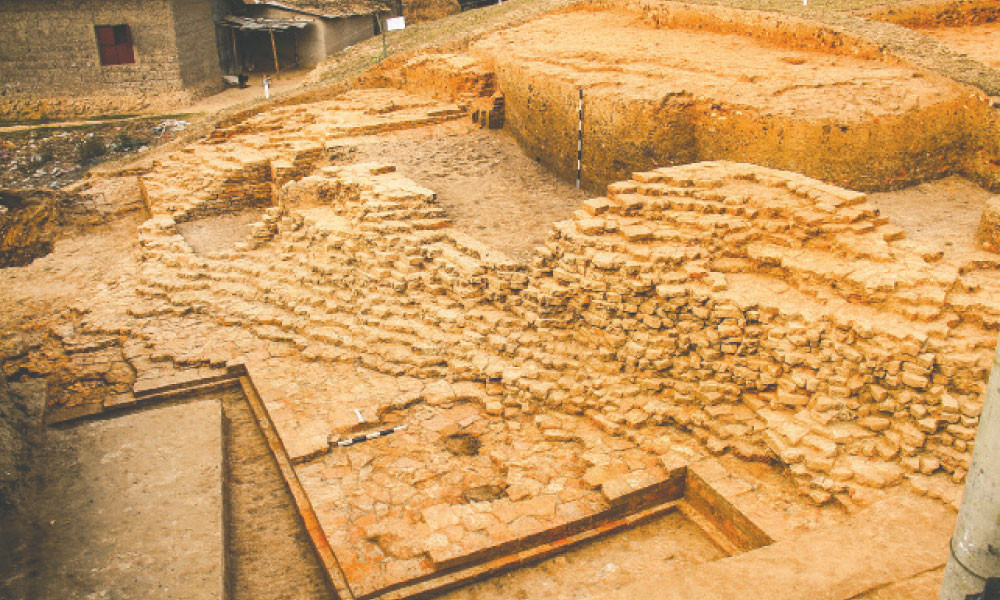
Birat Raja Dhibi
Birat Raja Dhibi
Archaeological site with remnants of ancient civilization. Excavations have revealed artifacts from the pre-Mughal era. It is situated in the village of Gobindaganj.
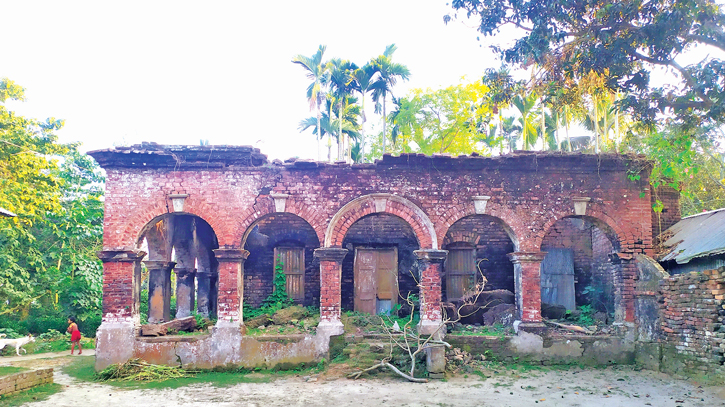
Kadirbox Mondol Mosque
Kadirbox Mondol Mosque
Historical mosque with intricate designs and architectural significance. The mosque is named after the prominent religious leader Kadirbox Mondol. It is situated in the Nuniagari area of Palashbari upazila town. It built in 18th century.
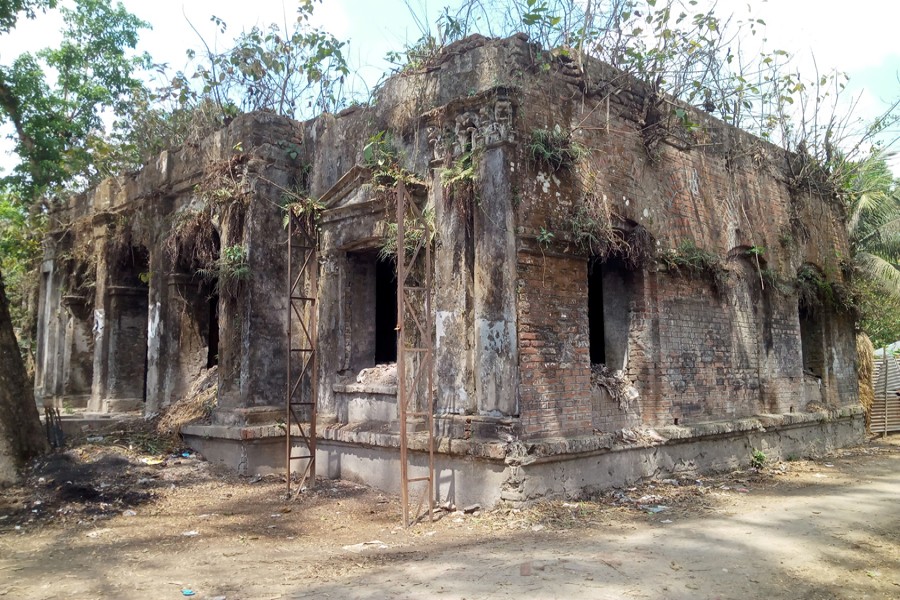
Kacharibari of Zamindar Rajes Kanto Roy
Kacharibari of Zamindar Rajes Kanto Roy
Kacharibari of Zamindar Rajes Kanto Roy in Hat Bharatkhali of Saghata Upazila of Gaibandha stands as a witness of the times. Almost 250 years old, the building is a symbol of the zamindari era.
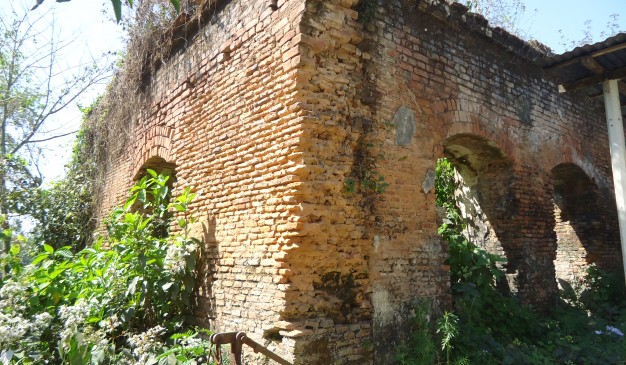
Bardhan Kuthi
Bardhan Kuthi
Bardhan Kuthi, located in Gobindganj, Gaibandha, Bangladesh, was historically governed by Raja Harinath during British rule. The last ruler, Shailesh Chandra, moved to India during the Partition, marking its historical significance.
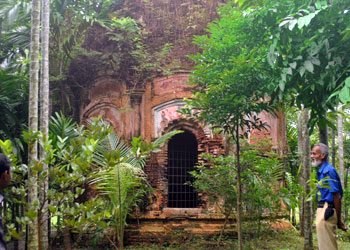
Naldanga Zamindar Bari
Naldanga Zamindar Bari
The founder of the Zamindar house is Zamindar Kashinath Lahiri. On the advice of Sarbananda Goswami, Kashinath Lahiri was appointed as the new Khassonbish. He played a key role in the state's politics.
Notable Personalities
Distinguished individuals who have brought pride and recognition to Gaibandha through their achievements
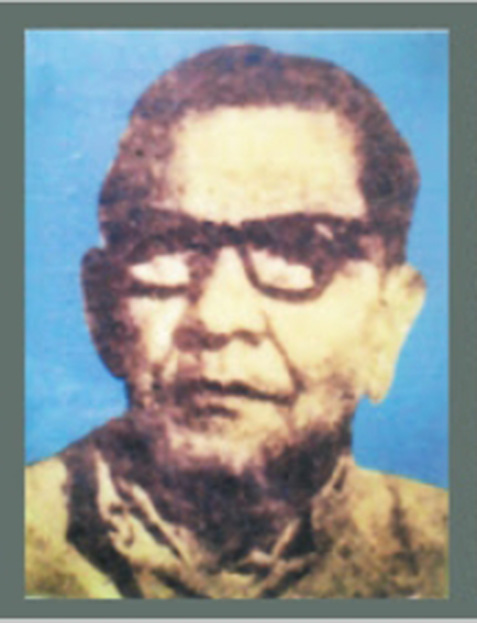
Shah Abdul Hamid
Shah Abdul Hamid
Shah Abdul Hamid (1890–1972) was a prominent politician and the first Speaker of Bangladesh's National Parliament. A lawyer and social worker, he played a key role in the independence movement. He was born in Govindaganj, Gaibandha.
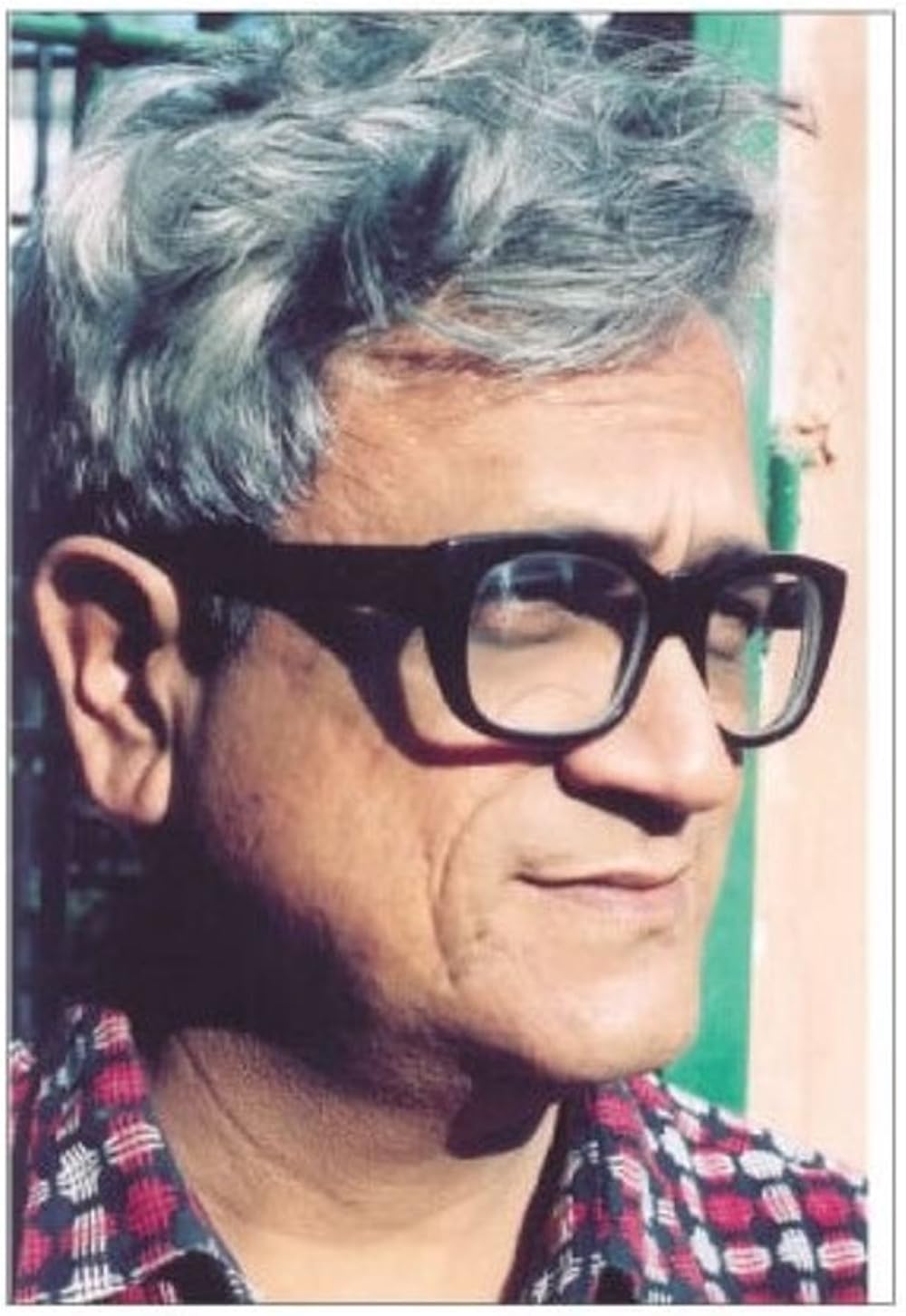
Akhtaruzzaman Elias
Akhtaruzzaman Elias
Akhteruzzaman Elias (1943–1997) was a renowned Bangladeshi novelist and short story writer. His notable works include Chilekothar Sepai (1987) and Khwabnama (1996), both celebrated in Bengali literature. He was born in Gotia village, Gaibandha.
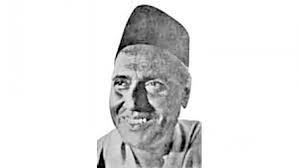
Tulsi Lahiri
Tulsi Lahiri
Tulsi Lahiri (1897–1959) was a renowned playwright, actor, and music composer. He gained fame for his contributions to Bengali theatre and cinema. His notable works include plays like Dukher Imam (1947) and Chheratar (1950).
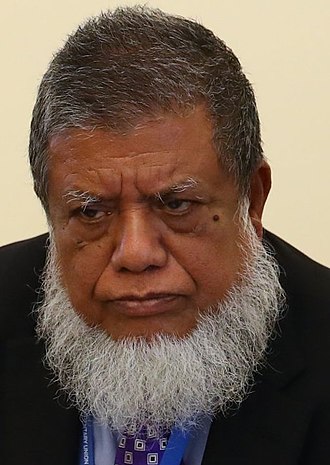
Fazle Rabbi Miah
Fazle Rabbi Miah
Md. Fazle Rabbi Miah (1946–2022) was a prominent Bangladesh Awami League politician. He served as the Deputy Speaker of the Jatiya Sangsad and represented Gaibandha-5 for seven terms.
Development and Economy
Agriculture, including rice, wheat, corn and vegetables, sustains most of Gaibandha's population. The district has made significant strides in education, healthcare, and infrastructure while preserving its cultural heritage.
It was said that 'The scent of Rasmanjuri, full of flavor, the corn and chilies of the Char region are the lifeblood of Gaibandha.'
The Gaibandha Student Association at SUST fosters community, cultural preservation, and academic excellence among students from the region.
Gallery
Experience the beauty and diversity of Gaibandha through our curated collection of images

